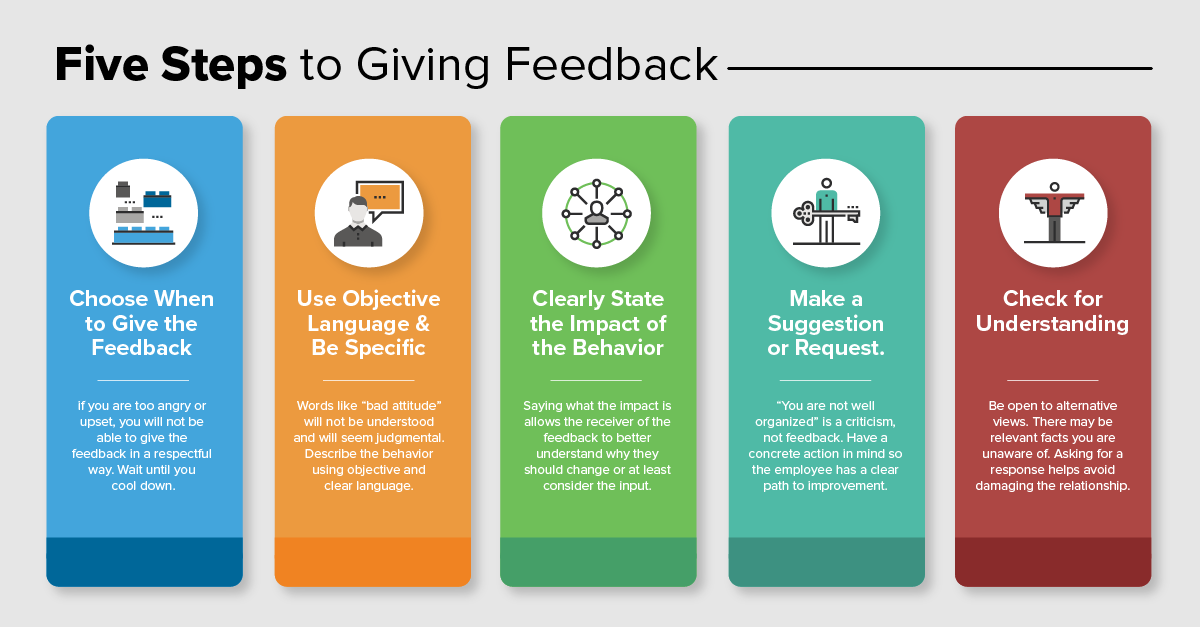IA Insights > Blog
3 Tips to Tame the Micromanaging Monster
3 Tips to Tame the Micromanaging Monster
Micromanagement: a word that sends shivers down the spines of employees everywhere. If you've ever been on the receiving end, you know it can feel suffocating. But let's consider the other side for a moment. Managers, too, might grapple with not knowing if they've communicated their expectations clearly enough. This grey area can lead to that monster we’re all too familiar with: micromanagement.
Research indicates that the impact of micromanagement can be detrimental. A survey by Trinity Solutions found that 85% of employees felt their morale was negatively affected due to micromanagement. It's not just about morale, though; it's about trust, confidence, and growth.
However, with communication and clarity as our compass, there's a way out. Let's navigate.
1. Build Genuine Agreements
Picture this: In a one-on-one, you discuss a project update and throw out a deadline, which the employee accepts. Sounds like an agreement, right? Not quite.
Building an agreement is a dance of clarity. Here's how:
Present a Proposal: Clearly outline the task, expectations, milestones, and proposed deadline.
Example: "For our new software development project, we'll adopt the Agile methodology with 2-week sprints. Our first sprint will focus on setting up the backend infrastructure, followed by user interface development in the second sprint. We aim to have a beta version ready in 10 weeks."
Check for Understanding: Probe if there's any ambiguity. Ask the employee to share their understanding of the proposal in their words, and make it safe for them to ask any questions for clarification.
Example: "Could you summarize the approach we're taking for this software project and our first two sprints? I want to ensure we're aligned, and please ask any questions if things aren't clear."
Check for Agreement: Ensure both parties are on board.
Example: "Do you think the Agile approach with the specified milestones fits our objectives? Do you have any concerns?"
Document Agreement: Jot it down, preferably in a shared space. This becomes your touchstone.
Example: "I'll capture our project plan and sprint details in our project management tool, Asana. We can track our progress there and adjust as needed."
For a deeper dive, IA CEO Barry Rosen breaks down agreement-building.
2. The Art of Feedback: It’s Not Just for Annual Reviews
Remember when your grandma said, "Don't let things simmer"? She was right. Regular feedback prevents any miscommunication from turning into a big problem. Don't wait for annual reviews. Talk often, celebrate small wins, and provide constructive feedback. And yes, be open to receiving feedback too. It's a dialogue, not a monologue.
Facing a tough feedback conversation? Equip yourself. Prepare and be precise. The 5 steps below will guide you through (Click the image to view a larger version and download).
3. The Big Picture: What Does It All Mean?
Employees aren’t just cogs in a machine. They're vital contributors to the bigger picture. Take the time to explain how their work impacts the team or organization. When people see the tapestry they're weaving, they’re more likely to feel connected, valued, and understand the significance of their contributions.
Consider this framing:
- Where We Are Now: Detail the current landscape. Maybe it's a challenge.
- Where We Want to Be: Paint a vivid image of what success would look like.
- How We’ll Get There: Here, you connect the dots, showcasing how their contributions bridge the present to the future.
With clarity on the current state, future state, and how to connect these and the resources and skills allocated, they’ll thrive.
Micromanagement stems from a lack of clarity and trust, but it doesn't have to be the default mode of operation. With clear two-way communication, we can nurture a space where employees thrive, managers feel confident, and that pesky micromanagement monster stays firmly in the shadows.
Let’s make our workplaces more about collaboration and understanding, and less about peering over shoulders. Because in the end, it’s all about the people, the connections, and the shared goals.
Enjoyed these insights? Ready to level up your management style? Check out our Managing with Impact program, designed specifically for individuals moving into a people leader role. We delve deeper into these concepts, offering detailed insights and practical solutions you can start applying right away.
About Nina Fojaco Reed
Nina’s mission is to help her clients connect with the tools and solutions that will help them achieve success in their professional and personal lives. She brings more than 20 years of client support experience and has worked with a broad range of businesses. Her expertise includes strong communication and leadership skills, dedication to exceptional service, and excellent problem-solving capabilities.






